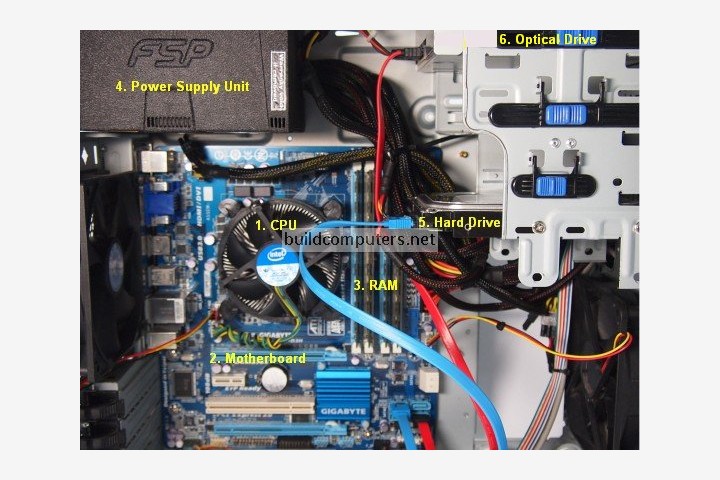What are the Parts to Build a Computer?
Knowing what are the parts to build a computer is one of most valuable hardware knowledge you can have. Learn it all today with our complete computer parts list (with pictures).
How many basic parts of a computer are there? 15? 20? 50?
The answer astounds most people when they first hear it: Seven including the computer case. Yes, you heard right... it takes just seven parts to build a PC for mainstream users (six if you're not installing an optical drive).
Graphics cards are absent from our computer parts list below because almost all current CPUs do come with integrated graphics, making discrete graphics cards an optional upgrade.
1. CPU and Cooler
CPU: Central Processing Unit, also known as processor, microprocessor
CPU Cooler: Also known as CPU heat sink, CPU fan, heat sink fan, HSF
CPU manufacturers Intel and AMD often bundle their CPUs together with heat sinks (with certain exceptions such as Sandy Bridge Extreme processors). So when you buy a boxed CPU, you are in fact getting a heat sink as well.
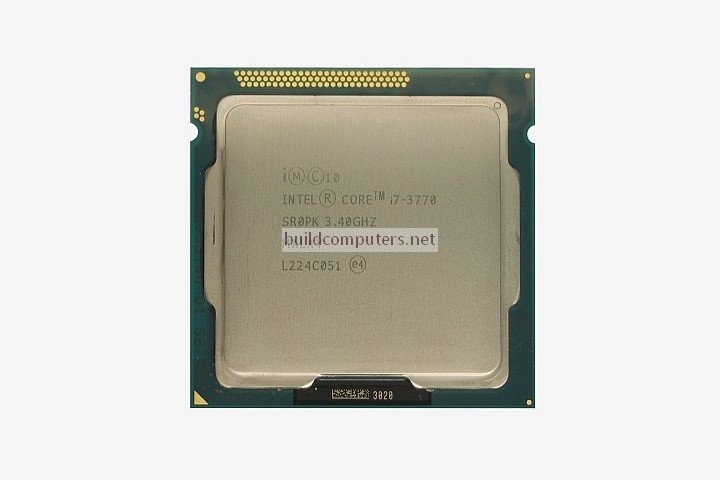
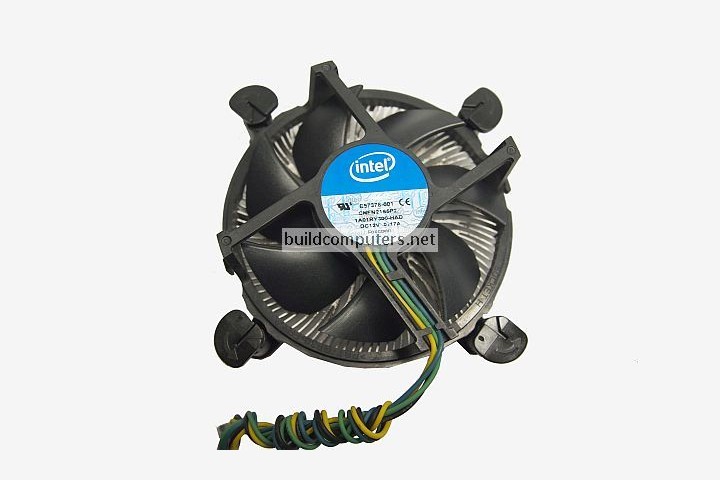
Recommended Motherboard CPU Combos
Budget Computer: AMD Athlon 3000G CPU + Gigabyte B450M DS3H Motherboard
Mid Range Computer: AMD Ryzen 5 3400G CPU + Gigabyte B450M Aorus M Motherboard
Gaming Computer: AMD Ryzen 5 3600 CPU + Asus AM4 TUF Gaming X570-Plus Motherboard
Home Theater PC: AMD Ryzen 3 3200G CPU + Gigabyte B450 I Aorus Pro Wi-Fi Motherboard
Click here for our buyer's guide to the best motherboard CPU combos.
2. Motherboard
Also known as mainboard, system board, mobo, MB
Most motherboards will come with an I/O (Input/Output) shield, SATA cables, user manual and driver CD.
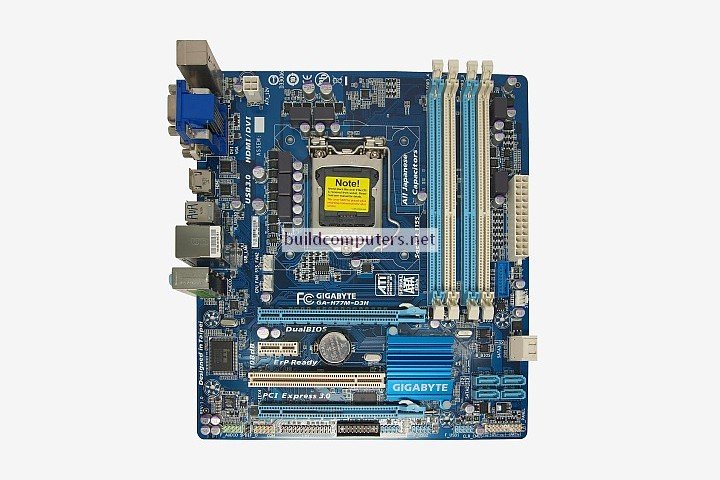
3. RAM
RAM: Random Access Memory, also known as memory, main memory, system memory
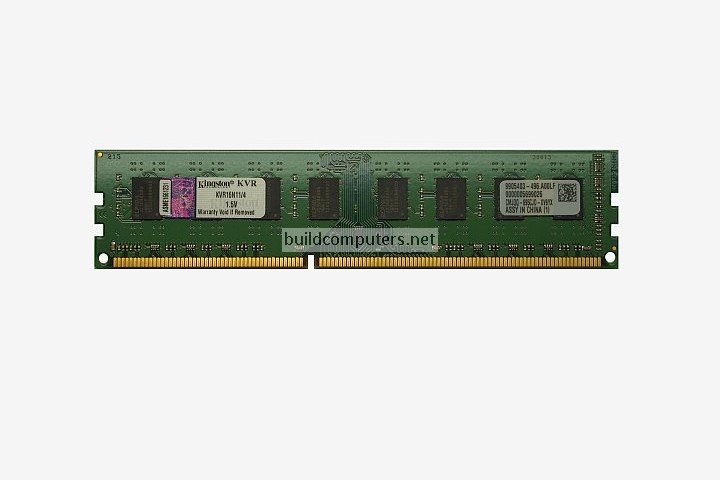
Recommended RAM
Budget Computer: 2 x 4GB Crucial DDR4 3200Mhz
Mid Range Computer: 2 x 8GB Corsair Vengeance LPX DD4 3600Mhz
Gaming Computer: 2 x 16GB Corsair Vengeance Pro DDR4 3600Mhz
Home Theater PC: 2 x 8GB Corsair Vengeance LPX DDR4 3600Mhz
4. Power Supply Unit
Also known as power supply, PSU
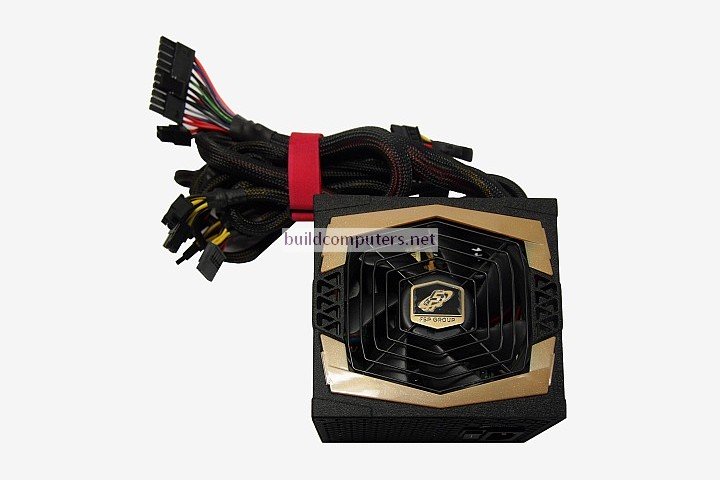
Recommended Power Supplies
Budget Computer: EVGA 500 BR 80+ Bronze 500W
Mid Range Computer: Cooler Master MWE 550 Gold 550W
Gaming Computer: Corsair RM850x 80+ Gold 850W
Home Theater PC: Seasonic Focus SGX-500 80+ Gold 500W
Click here for our buyer's guide to the best computer power supplies.
5. Hard Drive
Before we go any further, it's important to know that there are two distinct types of hard drives:
1. Hard Disk Drive (HDD)
This is your (traditional) mechanical hard drive that stores data on spinning disks. Compared to solid state drives, they are slower, drain more electricity and are more prone to physical failures... but they make it up with bigger storage capacities and cheaper prices (per MB)
2. Solid State Drive (SSD)
Solid state drives are the up-and-coming successors in hard drive tech. Driven by electronic controllers (with zero moving parts), solid state drives read and write data faster, multitask better and can survive harder knocks. The big downside is that they cost magnitudes more and still run into occasional firmware problems (being a less mature technology).
For more details on the differences between them, be sure to check out our SSD vs HDD article.
In the image below, we have a 3.5 inch hard disk drive HDD on the left, and a 2.5 inch solid state drive SSD on the right:
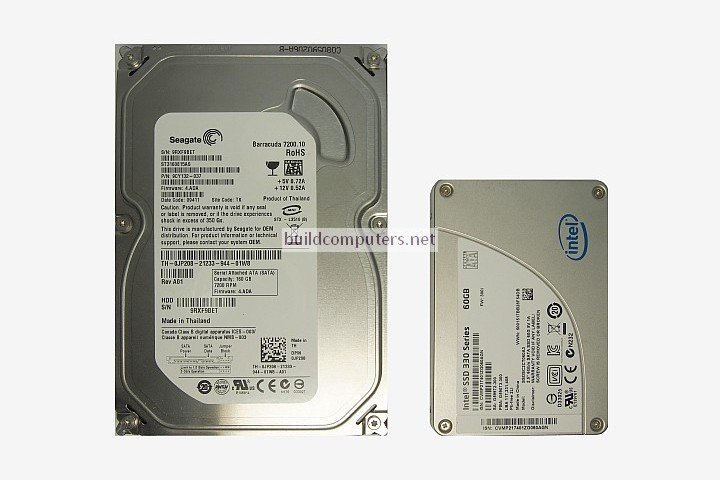
Recommended Hard Drives
Budget SSD: Crucial MX500 500GB (SATA)
Budget HDD: Western Digital Blue 2TB
Mid Range SSD: Samsung 860 EVO 1TB (SATA)
Mid Range HDD: Western Digital Blue 4TB
Gaming SSD: Samsung 970 EVO 1TB (M.2) / Samsung 860 EVO 1TB (SATA)
Gaming HDD: Western Digital Black 4TB
HTPC SSD: Samsung 970 EVO 500GB (M.2) / Samsung 860 EVO 500GB (SATA)
HTPC HDD: Seagate BarraCuda 2TB
6. Optical Drive
There are two choices for your optical drive when you are choosing parts to build a computer: DVD drive and Blu-ray drive
There are a few different types of DVD drives, with DVD-RW drives being most common:
- DVD-ROM Drive: Can only read DVD discs
- DVD-R Drive: Can read and record/write data to DVD-R discs once
- DVD-RW Drive: Can read and rewrite (record and erase) data to DVD-RW discs multiple times.
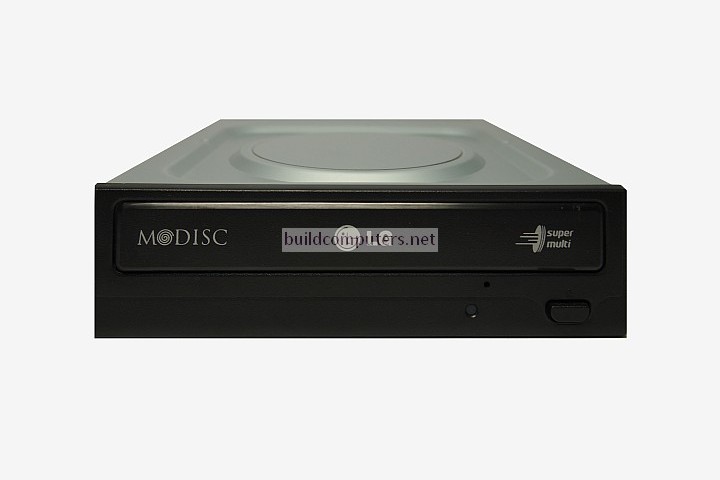
7. Computer Case
Also known as computer casing, computer chassis
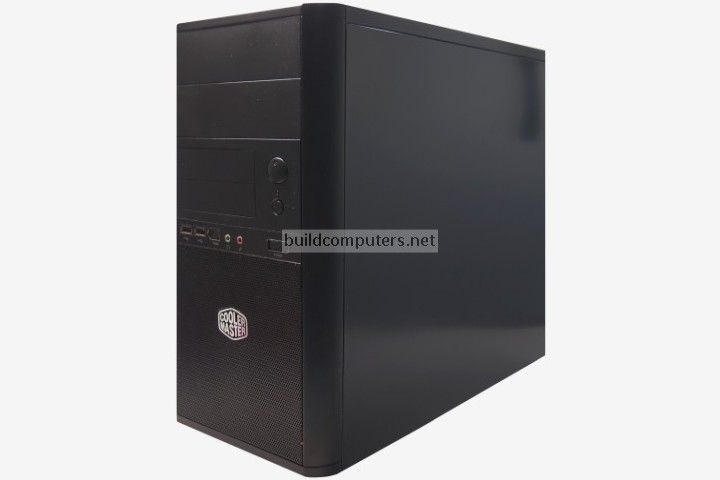
Now that you know what are the essential parts to build a computer, let's take a quick peek inside the case of an assembled computer to see how the different parts of a computer all hang together to form a complete system:
HOW TO BUILD A COMPUTER
- Should I Buy or Build a PC?
- Parts to Build a Computer
- Installing a CPU Processor
- Installing a CPU Fan
- Installing RAM Memory
- Installing a Motherboard
- Installing a Power Supply
- Power Supply Connectors
- Installing a Hard Drive
- Installing a DVD Drive
- Installing a Graphics Card
- Computer Cable Management
- Computer Cable Connections

